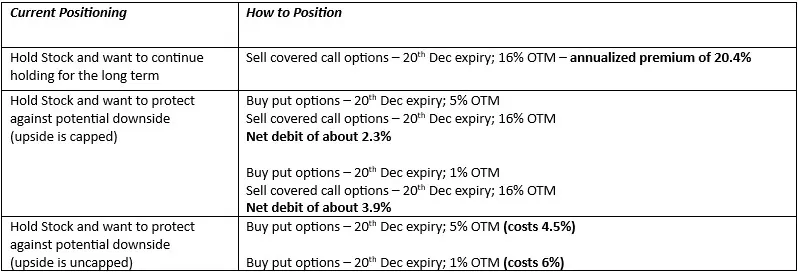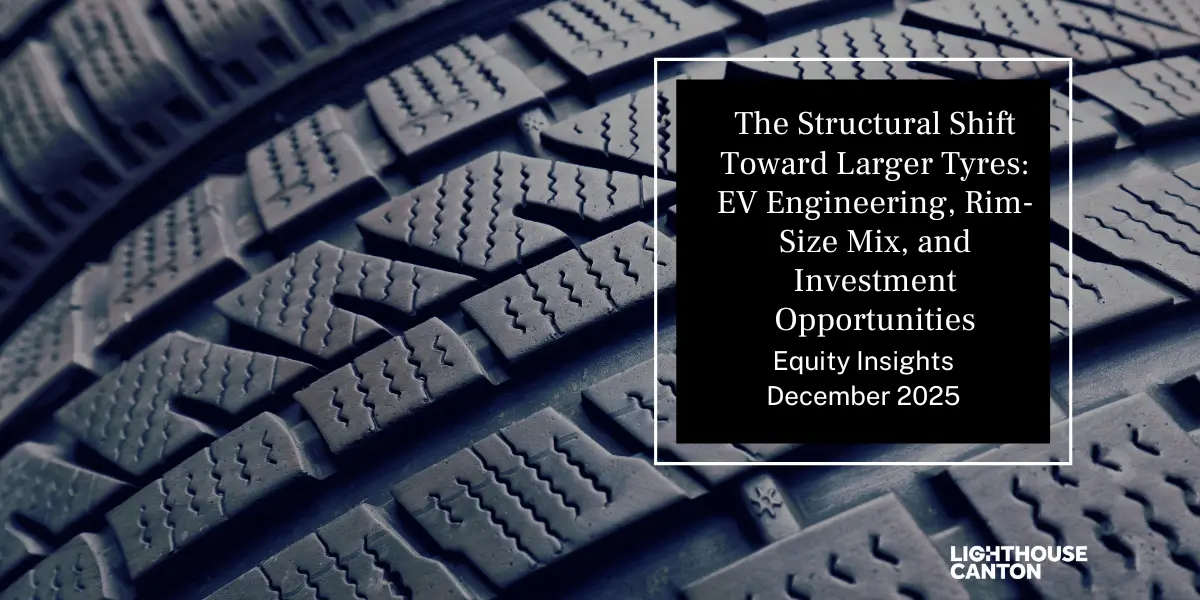The US Equity Market is the most efficient market in the World - everyone's heard that at some point of time. Well, we believe that this short term hyper-efficiency (especially post earnings) some times causes large market distortions which can be acted upon. We expect Q3 Nvidia earnings to present a similar opportunity, with reasonably high expectations, going hand in hand with repeated operational challenges for the Blackwell, first on the production front and now on overheating.
Nvidia faces yet another high bar this quarter, with the Street expecting $33.2B in revenue (83.3% YoY growth, $3.2B increase on a QoQ basis); earnings of $0.74/share (96.9% YoY growth). However, as we have seen from previous such events, what the market will be keeping a close eye on would be the Q4 revenue guidance, which the Street expects to come in at $37.05B (67.6% YoY growth) which translates into an additional $3.8B in revenue - this QoQ incremental revenue growth expectation used to be just about $2B not so long ago.
Potential divergence between what happens in the short term and what is likely to play out over the coming 3-5 years :-
- The unheard of shift to a 1-year product roadmap: Prior to Nvidia unveiling its intention to move to a new chip architecture every 12 months, this was largely unheard of and unfathomable for almost every other chip designing company. Nvidia itself used to transition to a new GPU architecture only once every 2-years and this in itself was considered to be the cream of the crop, given that many other peers were struggling to meet even this 2-year timeline.
Faster product ramp ups place increased burden on not just the R&D Team, but also on the engineering department who are tasked with bringing the product to life and this becomes particularly difficult for fabless chip designers that outsource the entirety of their manufacturing to contract manufacturers and therefore the lack of end to end control on the entire production process can cause slight delays, as seen during the previous quarter when Nvidia had to change the mask of the Blackwell chip in order to improve production yields. TSMC is said to have played an active role in resolving this issue, working closely with Nvidia.
Further, the fact that the GPUs being manufactured by the company are packaged within a server and only then shipped to the end customer, acts as another node where time will be needed for testing purposes and this may uncover certain flaws which would have to be tended for. This is exactly what seems to have happened this quarter, where Nvidia has asked some of its server manufacturing partners to redesign their rack scale server designs to solve overheating issues that they seem to be facing.
The key takeaway here is that, while none of these issues are fundamental to the company's business and long term growth prospects they tend to have an impact on what kind of numbers they can recognize in a quarter and accordingly guide for the upcoming quarters. The latter is what the Street is likely to focus on, given the hyper-efficient nature of the equity markets and especially so for a stock that is so extensively covered by the analyst community and buy side institutions.
- Short Term challenges do not dent the long term structural tailwinds and competitive positioning: The AI & HPC related hardware market is only set to increase in size over the coming 3-5 years with the datacenter GPU market set to grow at a CAGR of 35-40%, of which Nvidia is likely to capture a lions share (it currently has a market share of approximately 80%), even if we assume that competitors were to make some inroads and take share away from Nvidia as its first mover advantage becomes less of a factor.
What gives us additional confidence in the company being able to hold on to market share going forward is not just the leading capabilities of its hardware but also the software ecosystem the company has been developing ever since 2006. Developers have now become familiar with the workings of CUDA (Compute Unified Device Architecture) and are actively using it to develop AI based applications and moving to any other chip would essentially mean getting used to a whole new software, which essentially acts a switching cost and therefore serves as an economic moat in our opinion. Nvidia's CUDA software has itself become a large scale software business with its topline annualizing at $2-3 Billion as of today and set to increase even further in the future, given that the installed base of Nvidia GPUs is increasing by the day as more datacenters are built out and as these GPU clusters become more and more dense, the number of GPUs being utilized will increase even further.
The above is likely to translate into sustained financial growth, with topline and earnings increasing at a steady rate (20-25% CAGR) over the coming 3-5 years and this would inevitably take the stock to higher levels, assuming no significant downward re-rating in the P/E multiple of the stock (which we do not expect, given the quality of the business and competitive advantages highlighted above).
How to position and potential trades to implement in case of a large market distortion :-
Prior to earnings :-

Post Earnings :-
We would see any post earnings correction, based on Blackwell related revenue recognition and production issues to be purely short term snags and an attractive entry point for buying the stock directly or taking exposure by writing put options.
While we do not expect a large spike in the stock post earnings, we cannot ignore the possibility of that and in such a scenario, we would recommend rolling forward the covered calls previously sold, out in maturity and increase the strike prices as well, so as to not lose money on the covered call options sold prior to the earnings release.
Further, we believe that looking into reverse-accumulator structures at that point would also make sense as the strike price is bound to be extremely attractive.
All investments carry risk, for more important information please read this disclaimer.














.png)
%20(9).webp)
.webp)
